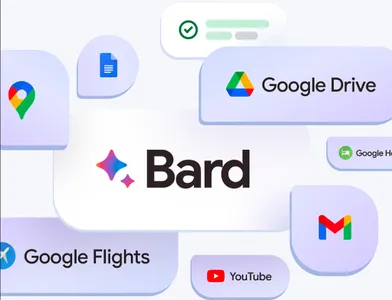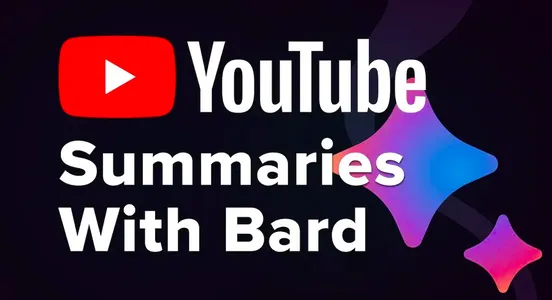
Are you tired of browsing through endless YouTube videos to find the answers you need? Google’s Bard AI has rolled out a feature that’s set to revolutionise how we interact with video content. With the ability to watch and summarise YouTube videos, Bard AI is not just enhancing user experience but also redefining video content accessibility.

Understanding Bard AI’s New YouTube Prowess
Google’s Bard AI has taken a significant leap forward by integrating with YouTube, allowing it to answer questions based on video content. This cutting-edge feature enables Bard to watch videos and provide summaries, making it easier for users to get information without watching entire videos. The AI’s capability to understand and interpret video content is a testament to Google’s commitment to AI-driven innovation.
How Bard AI Enhances Your Search Experience
The integration of Bard AI with YouTube is more than just convenience; it’s a transformative tool for search efficiency. Users can now pose questions to Bard and receive concise answers derived from video content. This not only saves time but also ensures that the information is accurate and relevant. The feature is particularly useful for educational content, tutorials, and how-to guides, where users can get quick answers to specific questions.

The Simplicity of Using Bard AI with YouTube
Google has designed Bard AI’s new feature with user-friendliness in mind. To utilise this feature, users simply need to ask Bard a question related to a YouTube video. The AI then processes the video content and delivers a summary answer. This seamless integration is a significant step towards making AI an indispensable part of our daily digital interactions.
Our Say
The introduction of Bard AI’s ability to watch and summarise YouTube videos is a decent advancement in the realm of AI and search technology. It not only streamlines the search process but also enhances the overall user experience by providing quick, accurate answers. As we continue to witness the evolution of AI capabilities, features like this underscore the potential for AI to become an even more integral part of our digital lives.
Comments
Post a Comment